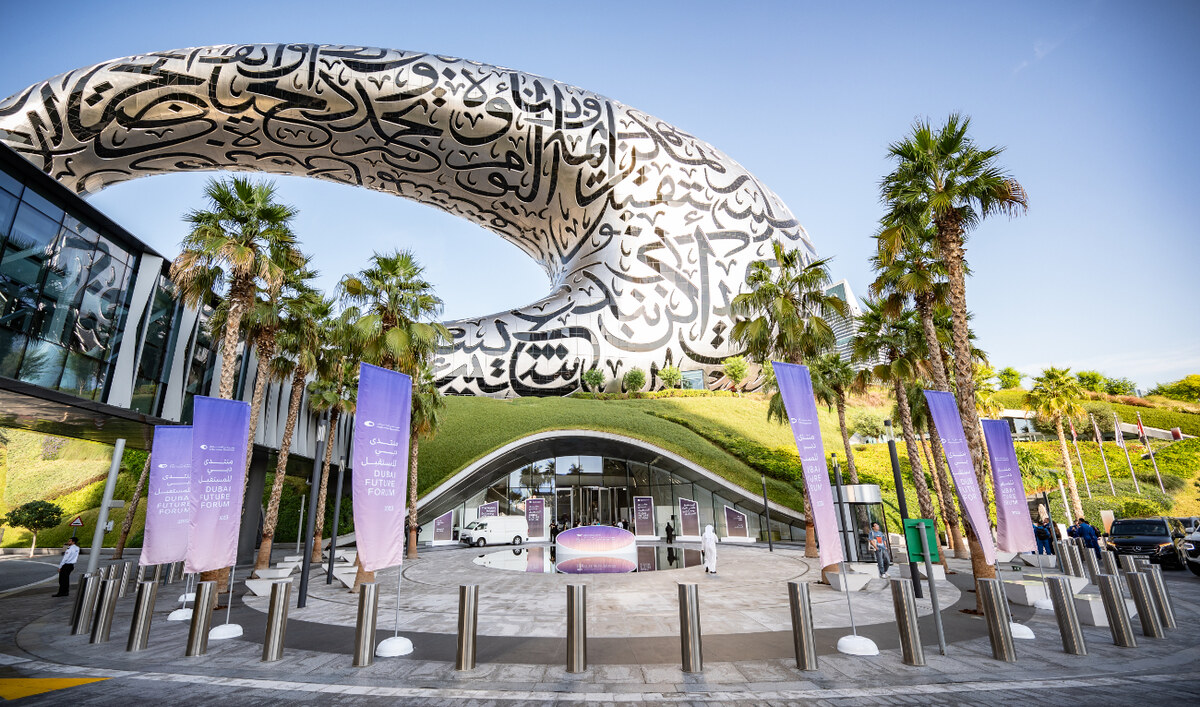JAKARTA: Indonesian Sofa Arbiyanto had a manufacturing job in South Korea two years ago when he learned about the high price of vanilla on the global market, and decided to try his luck at growing it.
Now he has 2,000 vanilla vines on a 1,200-sq-meter (0.3-acre) farm in Blora, Central Java, started after he did some Internet research and joined online groups of vanilla farmers.
“My initial view that farmers live in hardship and poverty has changed,” said the 30-year-old. “With a touch of innovation and technology, it is a promising opportunity.”
Arbiyanto is one of a growing number of millennial start-up vanilla farmers in the southeast Asian nation, which is eager to revive spice shipments to diversify its farm exports, now dominated by palm oil.
The interest in cultivating one of the world’s most valuable spices has sparked a small movement back to the land at a time when farmers have been leaving for jobs in congested cities.
The Indonesian Vanilla Farmers’ Association (PPVI) says 43 percent of the nearly 600 farmers it has trained are aged between 25 and 35, a demographic that is typically tech-savvy.
Many have learned farming methods from YouTube, and get tips and guidance from experienced farmers through group chats on messaging platforms such as WhatsApp, said Mahdalena Lubis, the association’s spokeswoman. PPVI’s YouTube channel has more than 13,000 subscribers and combined views of its videos exceed a million, she added.
The demand is no surprise, as vanilla beans from top exporter Madagascar were more expensive than silver last year, although prices have since fallen from highs of about $600 a kg.
After typhoons in 2017 and 2018 in the Indian Ocean island sent prices skyrocketing, buyers are looking for more sources of the spice, used in anything from cakes and cookies to sauces and perfume.
Start-up Indonesian farmers are betting on the labor-intensive beans, aware that high-quality crops can fetch them better prices, owing to the painstaking process of pollination by hand.
Indonesia is a distant second to top producer Madagascar, which provides 80 percent of world supply. McCormick & Co, the world’s largest spice company, is partnering with farmers in the islands of Papua and Sulawesi to secure its supply of Indonesian vanilla.
“Although Madagascar remains the gold standard as far as vanilla quality is concerned, Indonesia has strong potential to become an alternative origin, in terms of quantity and quality,” McCormick said in an email.
The coronavirus pandemic has boosted consumer demand for vanilla, as well as that from packaged food companies, it added.
Aust & Hachmann, the world’s oldest vanilla trader, estimated that Indonesia would produce about 200 tons of beans this year, double last year’s estimate.
In a bi-annual report, the trader said stay-at-home orders around the world had benefitted vanilla, with jumps in grocery shopping and home cooking.
Despite strong demand, shipments faced delays because of virus-related disruptions in trade, causing an annual drop of 18 percent for the January to May period, Indonesian trade data showed.
But that trend is unlikely to last.
“When the new normal begins and trade activities are gradually increased . . . vanilla exports will become one of the mainstays of trade that will be expanded,” said Kasan, a director-general in Indonesia’s trade ministry.
But vanilla prices can be volatile, making farming a risky enterprise, Kasan, who uses one name, cautioned.
Lubis, of the vanilla farmers’ group, said ensuring quality was vital to avoid mistakes of the kind that had led big buyers in the past to reject prematurely picked beans, forcing many farmers to switch crops.
“In the global market, we have to be able to compete in maintaining quality to be able to significantly increase our exports,” Lubis added.
But Mohamad Akbar Budiman, 30, is undeterred as he combines work as a civil servant in the province of Banten with an effort to revive once-abandoned cultivation of beans in his backyard.
“Growing vanilla doesn’t take much space, and it’s not difficult.”






























